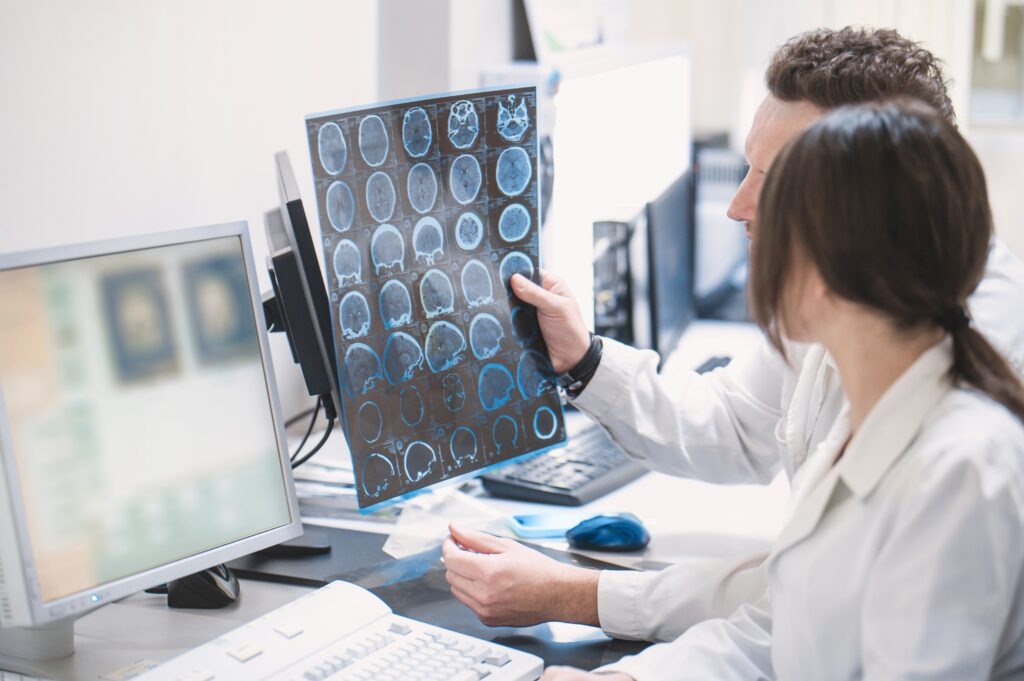In a world-first, scientists in the UK have used living human brain tissue to mimic the early stages of Alzheimer’s disease. The breakthrough could lead to faster and more effective treatments for dementia.
Researchers at the Royal Infirmary of Edinburgh exposed healthy brain samples to a toxic protein linked to Alzheimer’s. The goal: see how damage happens in real time. This new method brings science closer to understanding the disease as it really affects people.
The brain samples came from consenting patients undergoing surgery for brain tumors. Instead of discarding healthy tissue, doctors saved it for research. Scientists then preserved the tissue in oxygen-rich fluid and rushed it to the lab. There, they kept it alive at body temperature and used it in experiments within minutes.
A Big Leap Forward: Studying Alzheimer’s in Real Time
Researchers used amyloid beta, a protein known to build up in the brains of Alzheimer’s patients. They applied the toxic form of this protein to the living brain tissue. The result was striking. Even tiny amounts of the protein disrupted brain activity.
The brain did not repair the damage, unlike how it reacts to other forms of the protein. This shows how fragile the balance of amyloid beta must be for the brain to work normally.
Scientists also found that brain tissue from the temporal lobe—a region often affected early in Alzheimer’s—released more tau protein than tissue from other areas. Tau is another key protein tied to the disease. These findings could help explain why memory loss is often one of the first symptoms.
A New Tool for Drug Testing
One of the most exciting parts of the study is how it could speed up drug development. Most Alzheimer’s drugs fail in clinical trials, often because tests on animals or artificial models don’t match real human brains.
Now, with live brain tissue, researchers can test how new drugs work on real human cells. They can study how synapses—the points where brain cells communicate—are affected. Synapse loss is a major cause of memory loss and confusion in dementia patients.
By studying real human tissue, scientists hope to find ways to stop this loss before it starts.
Backed by Major Support
This work was made possible by major funding. The James Dyson Foundation gave £1 million to support the study. Dyson called the new method “a major step toward solving one of the world’s most devastating health problems.”
Race Against Dementia, a charity founded by racing legend Sir Jackie Stewart, also backed the research. Stewart’s wife suffers from dementia, making the cause deeply personal for him.
Professor Tara Spires-Jones of the UK Dementia Research Institute praised the work as “a crucial advancement.” She said using live brain tissue helps researchers understand toxic proteins better and develop treatments that actually work in humans.
Dr. Claire Durrant, who led the study, added, “This could bring us a step closer to a world without the heartbreak of dementia.”
The team plans to expand their work and study more brain regions. They also want to use the method to test new drugs faster. By seeing how real human tissue reacts, they hope to bring treatments to clinics sooner.
This study marks a major turning point in dementia research. It brings science out of the lab and closer to real human life.
